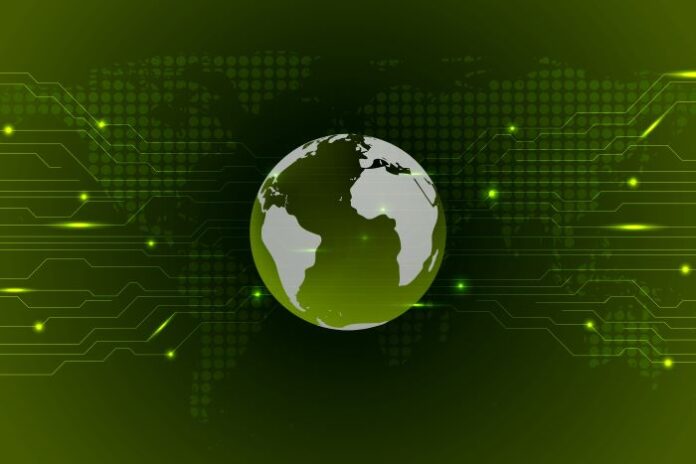The world is changing, and so is the way we live and work. This Earth Month, with concerns about climate change and sustainability at an all-time high, it’s no surprise that technology is leading the way where the future is green.
In 2023, we’ll see even more advancements in green tech that will revolutionize environmental sustainability. Let’s take a closer look at three technology trends that are driving the green revolution and shaping our future for the better.
Carbon Capture, Utilization and Storage
The three-step process of carbon capture, utilization, and storage (CCUS) involves capturing the carbon dioxide emissions produced by power generation from industrial processes, like the burning of fossil fuels, and reusing or storing them, instead of releasing them into the atmosphere. The aim is to stop CO2 from escaping into the atmosphere and exacerbating the climate crisis. Some of the CO2 could, for example, be used to grow greenhouse plants or even carbonate fizzy drinks.
Many experts believe that the large-scale deployment of CCUS technology is one the best solutions to slowing climate change and is imperative for the world to achieve net-zero carbon emission goals by 2050. In fact, a special report published by the International Energy Agency states that “Reaching net zero will be virtually impossible without CCUS.”
At this time, CCUS is expensive. However, new capture technologies are in various development stages, and many of them promise to significantly lower costs while improving the performance of carbon management systems. Additionally, a study predicts that the costs of this technology could be reduced by a multiple of six, which would make it much more scalable.
Green Hydrogen
Offering many uses, with more so in providing renewable power, green hydrogen is leading the debate on clean energy transitions. It gets particularly a lot of traction and is hailed as the energy of the future. In 2023, several major green hydrogen projects will reach their final investment decisions or begin construction by the year’s end. Truly, the future is green.
With a wave of government subsidy schemes entering into force, the next 12 months will transform the global green hydrogen industry from a much-discussed idea to a large-scale reality. The most notable support program will likely be the US hydrogen tax credits, which would pay producers up to $3 per kilogram of green hydrogen. Also, the Contracts for Difference subsidy programs from the EU and UK are due to begin this year, along with Germany’s H2Global scheme, which will offer financial support for clean hydrogen (and its derivatives) imported from outside the EU.
In addition to increased investment and government support, digital technology, particularly the Artificial Internet of Things (IoT), is one of the critical levers for accelerating the transition to green hydrogen. In fact, according to the World Economic Forum, AIoT-enabled solutions could reduce capital expenditure and operating expenditure by up to 25 percent. This would accelerate the scaling of commercially viable green hydrogen by four to seven years, where the future is green.
Renewable Energy Storage
In the transition to renewable sources, ensuring the consistent availability of energy will be key. There should still be power when the sun isn’t charging solar panels or the wind isn’t spinning turbines. This is where energy storage shines.
This year, and even beyond, both short- and long-duration battery storage technology will continue to be critical. In fact, the market is expected to grow to over $400 billion by 2030.
Today, the energy storage sector is focusing on improving energy consumption capacities in order to ensure stable and economic power system operations. This means new trends in energy storage solutions are emerging, offering greater density, stability, safety, and shelf life.
Probably the most significant trend in energy storage moving forward will be in its chemistry.
Lithium-ion batteries that utilize cobalt currently take up a large part of the market. However, there are growing concerns surrounding the production and use of these batteries; They include the risk of extremely high heat explosive fires due to their flammable discharge, as well as the environmental costs and human rights violations of cobalt mining.
As a result, energy storage solutions that utilize alternative chemistries, like lithium polymer, lithium air, and lithium ferro phosphate could be on the rise. Additionally, some startups are advancing the circular economy by recycling used batteries.
As global temperatures rise causing a decline in water supplies, reduced agricultural fields, drought, extreme weather events, and more, concerns surrounding climate change are growing.
The Future is Green
Technology can offer a variety of solutions to this crisis. These three green technologies are just a few of many that are revolutionizing efforts to ensure a sustainable environment where the future is green.















